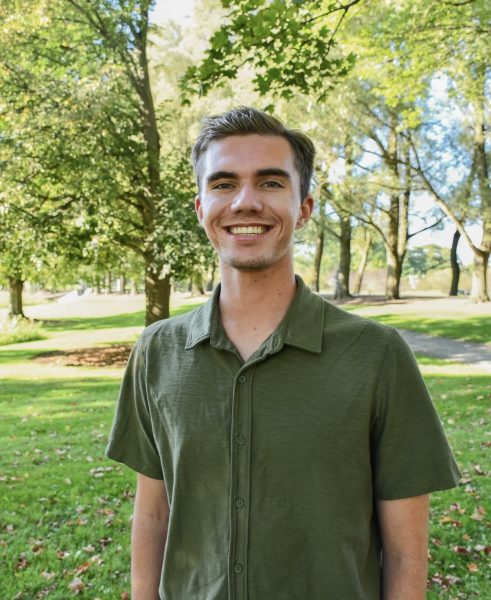“Wait, this is so ‘White Lotus!’”
I heard that on a beach over spring break, when the HBO show was well into its third season, and I laughed. Yes, I was probably as addicted to watching every week as she was, and I fully understood what she meant as she laid out her yellow towel and propped open a paperback.
But still, I laughed because it made me think: Do we really want to be living like one of the characters on the show?
Obviously, the answer is no (each season begins and ends with one of them in a body bag), but scrolling through Instagram paints a different picture. From $98 candles to a Thai-inspired plate set, brands have been quick to capitalize on the dream world of “The White Lotus.”
But something doesn’t sit right with me about getting ready for bed after a late-night binge while washing your face with an $80 Kiehl’s “White Lotus” skincare gift set. Perhaps aside from that woman I overheard on the beach, I wonder who in their right mind would buy into this frenzy — other than the very characters the show so successfully satirizes.
I don’t blame HBO for wanting a piece of the show’s success, and these types of partnerships are nothing new. Here, the problem is in the principle: why masquerade as the same people you laugh at on TV every Sunday night?
Writing and visuals aside, the show is, at its heart, a fiery critique of how the ultra-wealthy live their lives — and how they disregard the lives of others. Take this season’s Victoria Ratliff, Parker Posey’s pill-popping North Carolina socialite who certainly is not “meant to live an uncomfortable life.” As the natural successor to Tanya McQuoid, Jennifer Coolidge’s unapologetically out-of-touch character from the first two seasons, Ratliff is supposed to be funny to watch, both in her demeanor and near-crazy detachment from reality.
Maybe ironically, you’d want to be in her shoes — and they are probably very, very nice shoes. But the show also makes it clear that these wealthy eccentrics should not be our role models.
So why, then, do some of the dresses from Bloomingdale’s “White Lotus” collection look like they were ripped straight out of Ratliff’s hotel room’s closet? And why can I so easily imagine the gaudy McQuoid sitting poolside and sipping on one of the cocktails featured on Thai Diner’s “White Lotus”-themed menu in New York City?
Yes, I don’t doubt that it might be fun to have a little piece of the show’s magic, but it feels to me like buying into the marketing hype is missing the point of the show — or, at least, it discounts the savviness of its anti-wealth themes.
If anything, I can picture Mike White, the show’s creator, smiling devilishly at casual viewers googling “where do they film ‘The White Lotus’ in Hawaii” and scrolling through the Four Seasons website, dreaming of a night of luxury in the Pineapple Suite. What makes the show so captivating is its ability to draw viewers in with its alluring yet dangerous fantasy of wealth, only for the veil to be quickly — and violently — torn off by the end of each season. You can wish all you want to travel like one of the show’s characters, but maybe take a minute to think about how White’s writing treats them before buying a $375 suitcase from Away’s “White Lotus” collection.
I’ll let that woman on the beach enjoy her “White Lotus” moment — maybe she’d even benefit from a $70 sunscreen collection inspired by the show. But if she ever decides to check into one of the fictional hotels, I’d at least hope she makes it out unscathed.



















